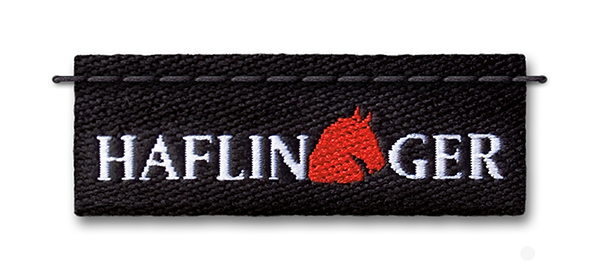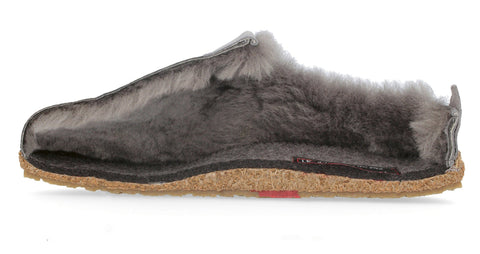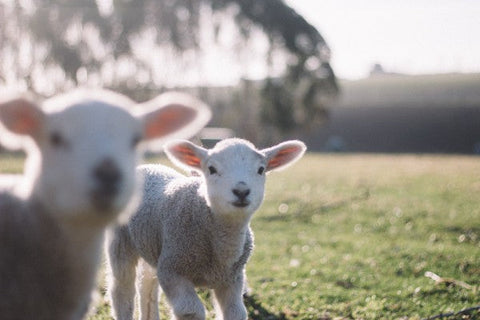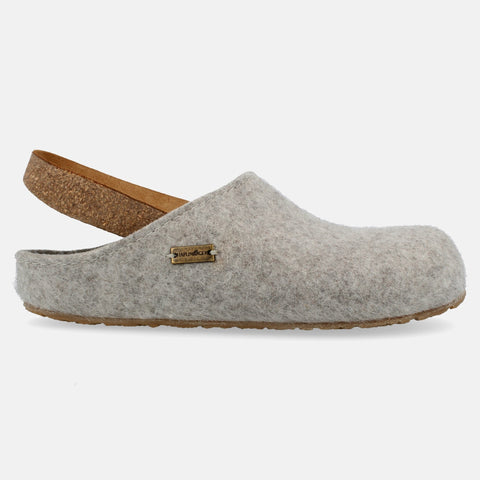Few materials create such a cozy feeling as lambskin. The soft, natural material is warm, breathable, and temperature-regulating, making it especially popular as lining for slippers and clothing. In this guide, you’ll learn everything about lambskin — what makes it so special and how to care for it properly.
Lambskin vs. Sheepskin – What’s the Difference?
The names already tell you a lot: lambskin comes from young sheep up to 12 months old, while sheepskin comes from older animals. This difference greatly affects the texture — lambskin is naturally smaller, softer, and finer. As sheep age, their wool becomes denser and coarser, making the fleece more durable but also rougher.
That’s why lambskin is mainly used in textiles. But how exactly is it produced?
How Lambskin Is Made
Humans have used sheepskin for thousands of years, mainly for its warmth. The skins are by-products of the meat industry — no animals are slaughtered solely for their pelts. After separation from the meat, the hides are dried and tanned to preserve the leather.
Common Tanning Methods:
- Chrome tanning: The most common method, using chrome salts. It’s efficient but environmentally harmful if improperly managed.
- Medical tanning: Uses a special aldehyde agent that turns the leather yellowish and makes it washable, soft, and skin-friendly — ideal for medical uses or baby products.
- Vegetable tanning: A natural, eco-friendly process using plant-based tannins, resulting in soft, skin-friendly, and sustainable leather.
Once tanned, the lambskin can be cut and used for items like baby rugs, slippers, and blankets.
Different Types of Lambskin
Not all lambskins are the same — their texture depends on the breed:
- Merino lambskin: Exceptionally fine and soft, perfect for clothing.
- Icelandic lambskin: Rustic and long-haired.
- Austrian lambskin: Characteristically curly.
Additional terms:
- Shearling (Pelzvelours) – leather outside, fleece inside (common in boots or gloves).
- Beaver lamb – trimmed and straightened wool for a sleek texture.
How to Recognize Genuine Lambskin
Fake furs are common, but real lambskin can be identified by its softness, weight, and natural leather backing. A simple test: burn a few hairs — real fur smells like burnt hair, while synthetic fur melts into plastic beads.
Why Lambskin Is So Popular
Lambskin’s comfort goes beyond looks:
- Breathable and temperature-regulating: absorbs up to 30% of its weight in moisture without feeling wet.
- Soft and skin-friendly: thanks to lanolin, the natural wool fat.
- Antibacterial and healthy: made of protein fibers that resist bacteria and allergens — ideal for babies.
- Dirt-repellent and self-cleaning: lanolin repels dust and dirt naturally.
Lambskin for Babies – Safe or Not?
Contrary to some concerns, lambskin is safe and even beneficial for babies due to its temperature-regulating and antibacterial properties. Just never leave infants unattended on a lambskin blanket to prevent suffocation risk.
Can You Wash Lambskin?
Lambskin is largely self-cleaning. Regular airing is usually enough. For stains, gently brush or wipe with cold water and neutral soap. Avoid washing machines and dryers — air dry only, away from direct sunlight or heat.
Restoring the Fluffiness
If the fleece becomes matted, simply brush it with a special wool comb to restore its softness and volume.
With its natural warmth, softness, and antibacterial properties, lambskin remains an unmatched material for slippers, jackets, and baby items. Synthetic imitations can’t compete with the comfort and quality of genuine lambskin.





Comments (0)
There are no comments for this article. Be the first one to leave a message!